6. The Host (2006)
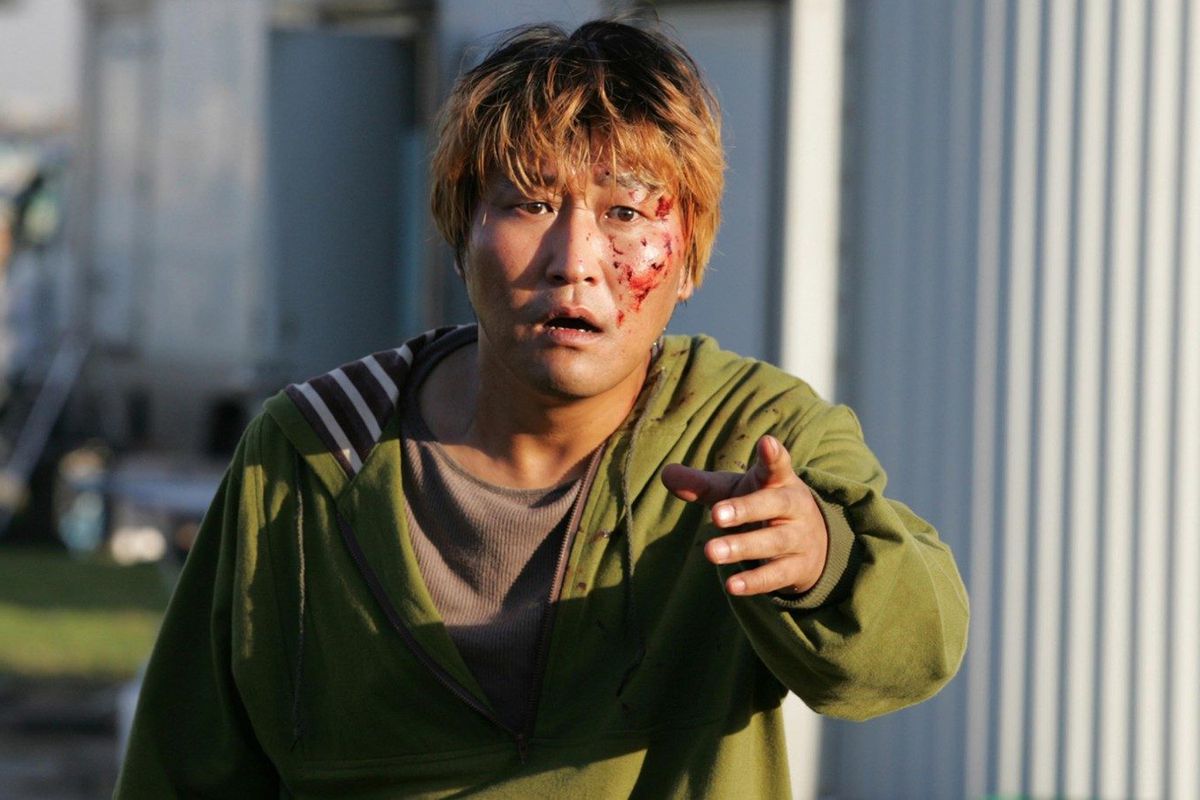
Long before Parasite made history, South Korean filmmaker Bong Joon-ho released The Host in 2006. Typical of this work, the director uses this film to comment and critique modern day issues including capitalism, environmental issues, and social disparity, this time in the form of a horror film concerning an amphibious monster born out of the Han River and terrorizing South Korea.
The Host begins in the year 2000, when a military scientist based in South Korea incorrectly orders his assistant to dump hazardous chemicals down a sink drain that eventually leads to the Han River. Years later Park Gang-du (played by Bong favorite Song Kang-ho) , a simple man who runs a snack shack with his family near the river, is working when a giant amphibious creature emerges from the water, wreaking havoc and killing citizens who cross its path. While attempting to escape with his family, Gang-du’s daughter is snatched by the mysterious beast and taken away. The Host continues with Gang-du figuring out how to save his daughter while also learning more about the monster’s true origins.
As with Bong Joon-ho’s entire filmography, The Host is a film with many intelligent perspectives that examine the modern world and contemporary dilemmas.This film exudes a certain large scale from the massive set pieces and extensive special effects, a perception reminiscent of other great monster movies. Director Bong Joon-ho has the special talent of combining comedy, violence, and action that make for uniquely entertaining and meaningful films to watch, as is the case with The Host. Any for any lover of monster movies, The Host is a sophisticated, captivating specimen of the horror genre that is a must-see.
7. Thirst (2009)
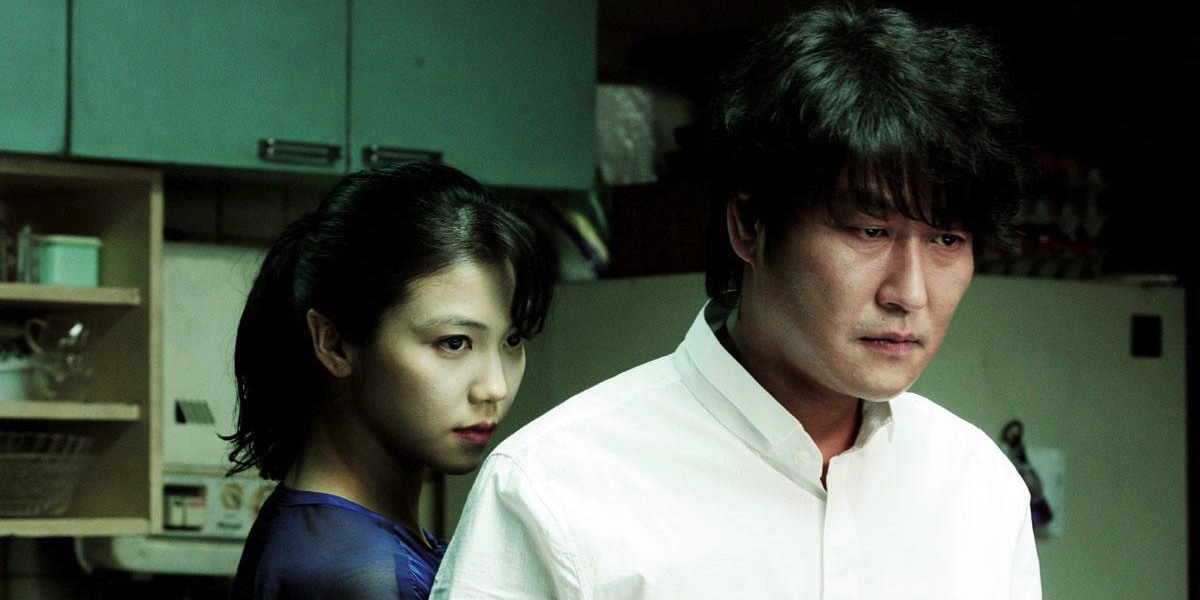
Famed South Korean filmmaker Park Chan-wook released his horror film Thirst in 2009 to great commercial and critical success, even winning the highly-revered Jury Prize at Cannes Film Festival. Thirst takes place in contemporary times, starring the celebrated Song Kang-ho as a Catholic priest who acquires an inescapable thirst for blood and lust after volunteering himself for a medical experiment that goes wrong.
Sang-hyun is a Catholic priest who selflessly volunteers his body for the testing of a new virus vaccine, believing his faith will pull him through any illness. While violently dying from the virus, the priest is given a blood transfusion and is seemingly cured of the disease.
Following his recovery, Sang-hyun’s religious following dramatically grows as his followers believe that he has miraculous powers, some of his newest congregation members being Sang-hyun’s childhood friend Kang-woo and his family. Sang-hyun begins attending card nights at Kang-woo’s home, where the priest begins to experience intense attraction towards Kang-woo’s wife. As Thirst unravels in the exciting and twisted style indicative of Park’s filmmaking, the audience follows along with Sang-hyun as he struggles to control his newly-discovered physical and metaphorical thirsts for the carnal desires of life.
Thirst is an Asian horror film that provides a burning, provocative take on the vampire film, unlike any other interpretation in cinematic history. The existential struggles experienced by the film’s central characters reflect upon the national identity of South Korea both religiously and socially, layering nuanced meaning within every frame of the film. Thirst combines a sexual, contorting story with elements of violence and gore to create an overall fulfilling and outrageous vampire film that is a must-see for fans of the horror genre.
8. A Girl Walks Home Alone at Night (2014)
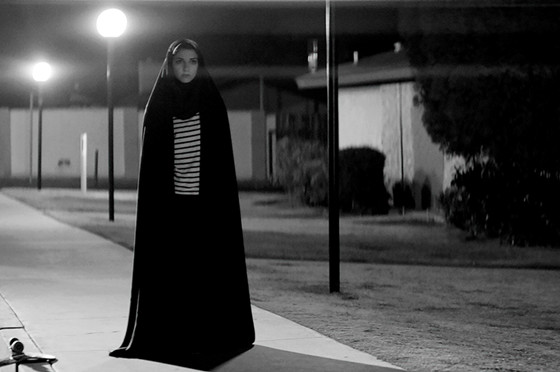
A Girl Walks Home Alone at Night is an Iranian-language film directed by female filmmaker Ana Lily Amirpour. Since premiering in 2014, the film has gathered a considerable cult following due to its one-of-a-kind genre-bending story of a desolate desert town that is inhabited by a mysterious young woman who happens to be a vampire.
A Girl Walks Home Alone at Night partially focuses on Arash, a diligent young man who is frustrated with his life in the despondent small town where he lives, sensibly named Bad City. Drugs and petty crime plague Bad City and Arash feels the negative effects of these problems in his home life. The film’s other central character is a curious young woman who the viewer first meets alone on a dark street, shortly before she seduces a drug dealer and accompanies him home.
Upon arrival at the man’s apartment, the sexual escapade is quickly shattered when the woman grows fangs and bites the drug dealer, exposing this mystifying woman as a vampire. One night after taking drugs at a costume party, Arash is found dazed and alone in the streets by the nameless vampiric woman and she becomes charmed by his naive and sweet personality. A Girl Walks Home Alone at Night progresses as the unlikely duo learn more about one another.
A Girl Walks Home Alone at Night reflects many cinematic influences, predominantly from the horror and western genres, to create a viewing experience to be interpreted as greatly modern and alluring. The film’s straightforward plot allows for examination of the themes presented on screen, most predominantly the central vampire character, who represents so many interesting contradictions as this unlikely female antihero in a difficult physical setting where she is able to maintain a degree of autonomy that other women cannot. Void of heart-stopping jump cuts and a shocking climax, A Girl Walks Home Alone at Night may be far from the traditional horror film but this contemporary Iranian film oozes a rare coolness and romance that should not be missed by horror film buffs.
9. Under the Shadow (2016)
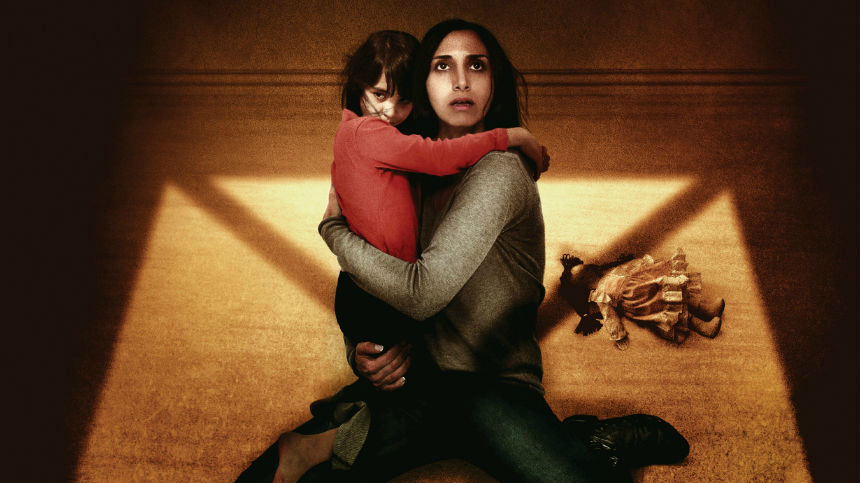
This list makes its way to the Middle East again with the Persian-language psychological horror Under the Shadow, directed by Babak Anvari and released in 2016. Taking place in the 1980’s during the War of the Cities, Under the Shadows focuses on a family who experience the haunting of a spirit while navigating the turbulence and danger of living in war-torn Tehran.
As the Iran-Iraq War escalates, husband and father Iraj is called to mandatory military service. Against Iraj’s wishes, his wife Shideh chooses to stay at their apartment in Tehran with their daughter instead of fleeing for safety in the country like many others. Soon after, their young daughter Dorsa meets another child in the family’s apartment building who warns Dorsa of Djinns, a type of spirit in Islamic mythology. As the war in Tehran intensifies, Shideh and Dorsa witness a varying degree of emotional and paranormal situations in their apartment that coexist with their fears and anxieties of the wartimes.
Under the Shadow stands out as a film that masterfully combines elements of existential dread and supernatural horror to create a film that is both thoughtful and entertaining. As the film moves forward, the audience is absorbed into the day-to-day lives of Shideh and her daughter who live in times of great unrest and uncertainty. Under the Shadow is a cerebral type of horror film that needs to be seen.
10. The Wailing (2016)
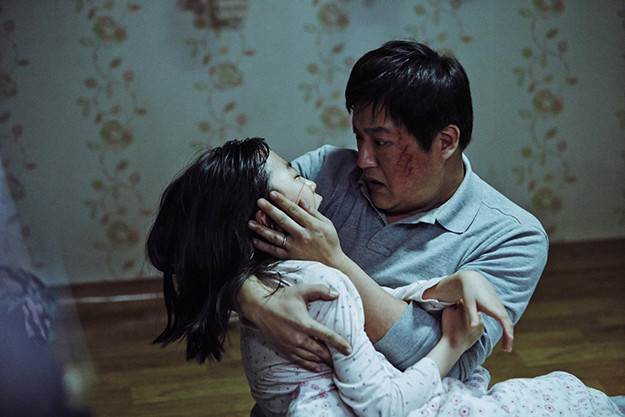
Yet another South Korean horror flick to make this list is Na Hong-jin’s 2016 film The Wailing. This epic horror combines many elements of the genre including demonic possession and graphic violence to create a roughly two-and-a-half hour cinematic experience of fiercely thought-provoking horror. The Wailing takes place in an isolated village that is violently disrupted when a Japanese outsider comes into town.
Jong-goo is a dopey, gone-to-seed cop who lives a quiet life until sudden murderous outbreaks begin to plague his town. The townsfolk believe a Japanese man who has recently moved to the village is behind the murders, many of them thinking the stranger is a demon. After unsuccessfully investigating the Japanese man, Jong-goo’s young daughter begins to experience fits of delirium and develops a rash, similar behavior shown by the townspeople who went on murder sprees. As Jong-goo desperately searches for answers to cure his daughter and placate the town, he finds answers and truths that are dark, twisted, and truly unforeseen.
The Wailing is certainly a long film to sit through, but the film never ceases to disturb or impress. While the ambitious filmmaking may include some devices that are typical of the horror genre, The Wailing infuses these devices with Korean cultural elements of the past and present as they have never been used in filmmaking before. The style of the film is noteworthy as well, showcasing the peaceful scenery of this small village in contrast to the scenes of intense gore and brutality. Definitely a film that will slowly permeate the brain and sit with a viewer overtime, The Wailing is a dynamic Korean horror film that is a gratifying experience.